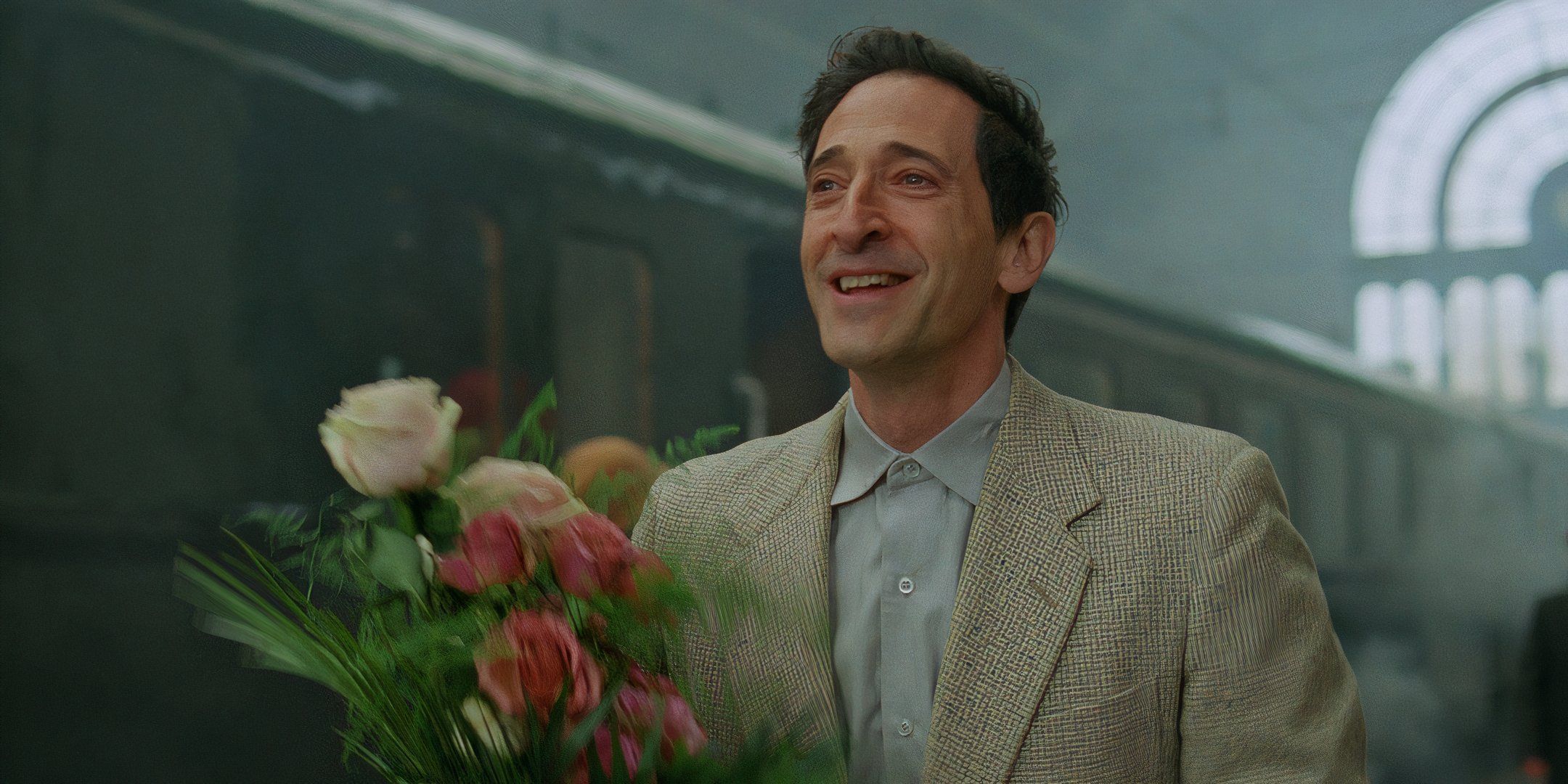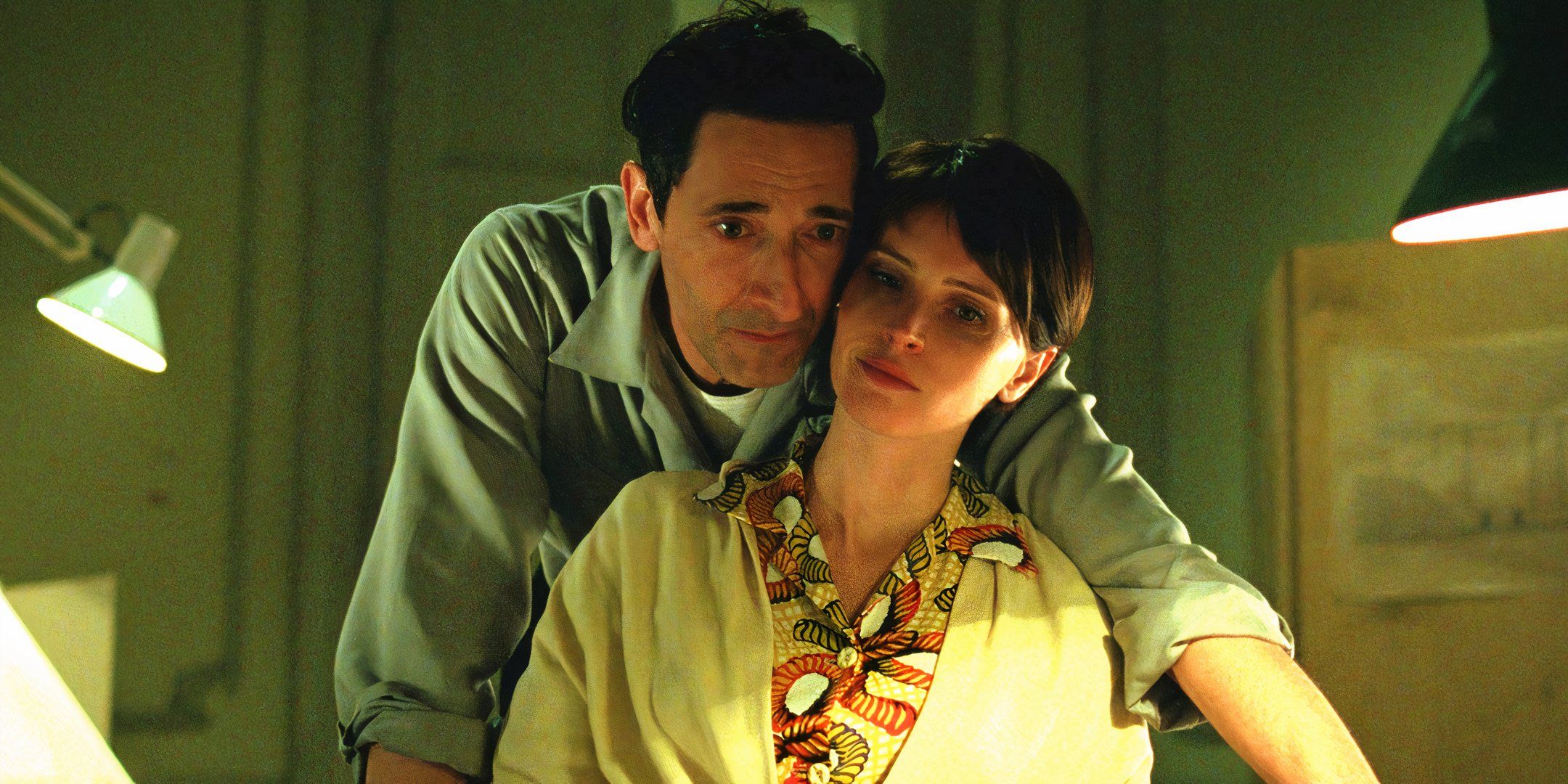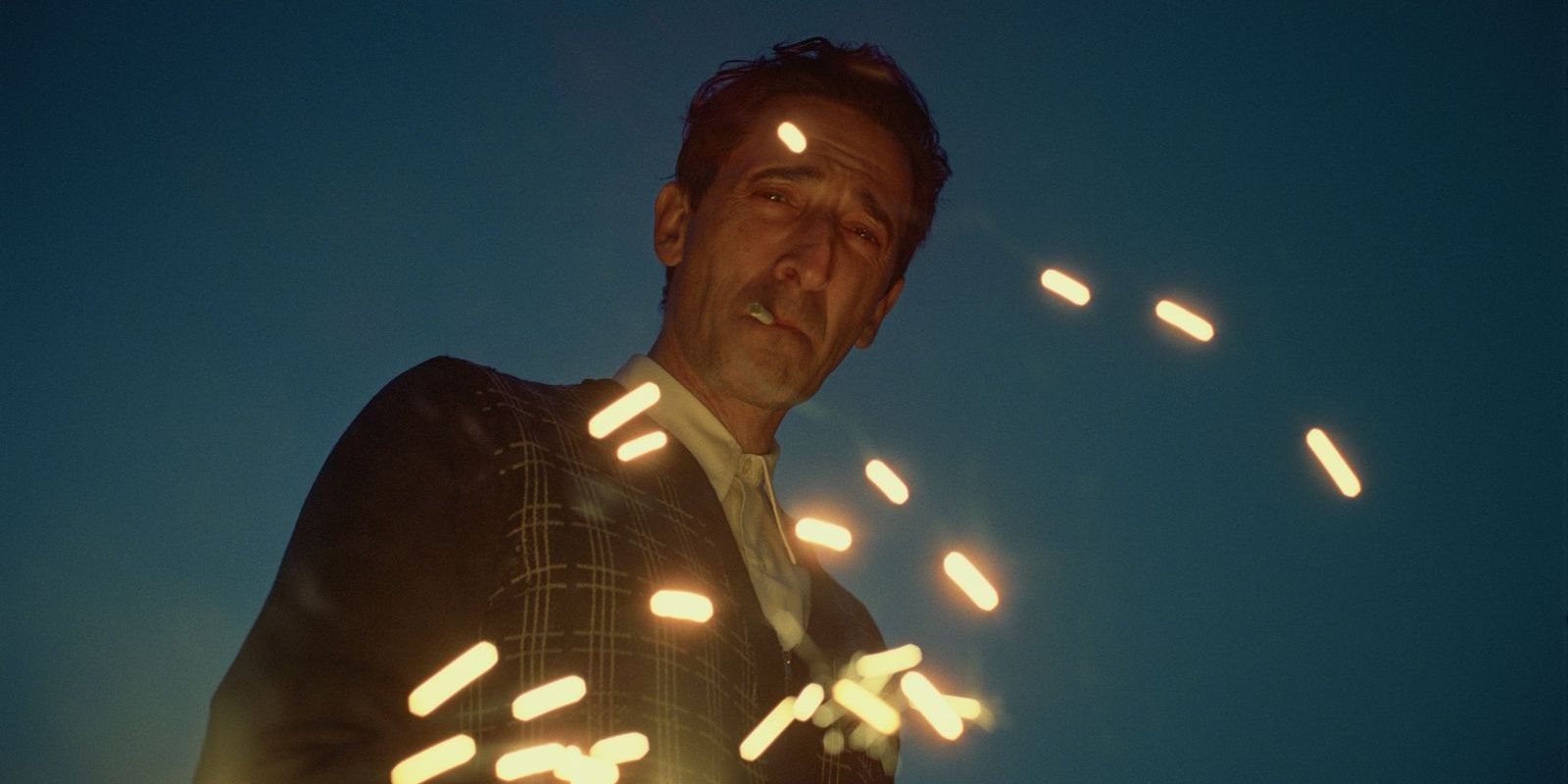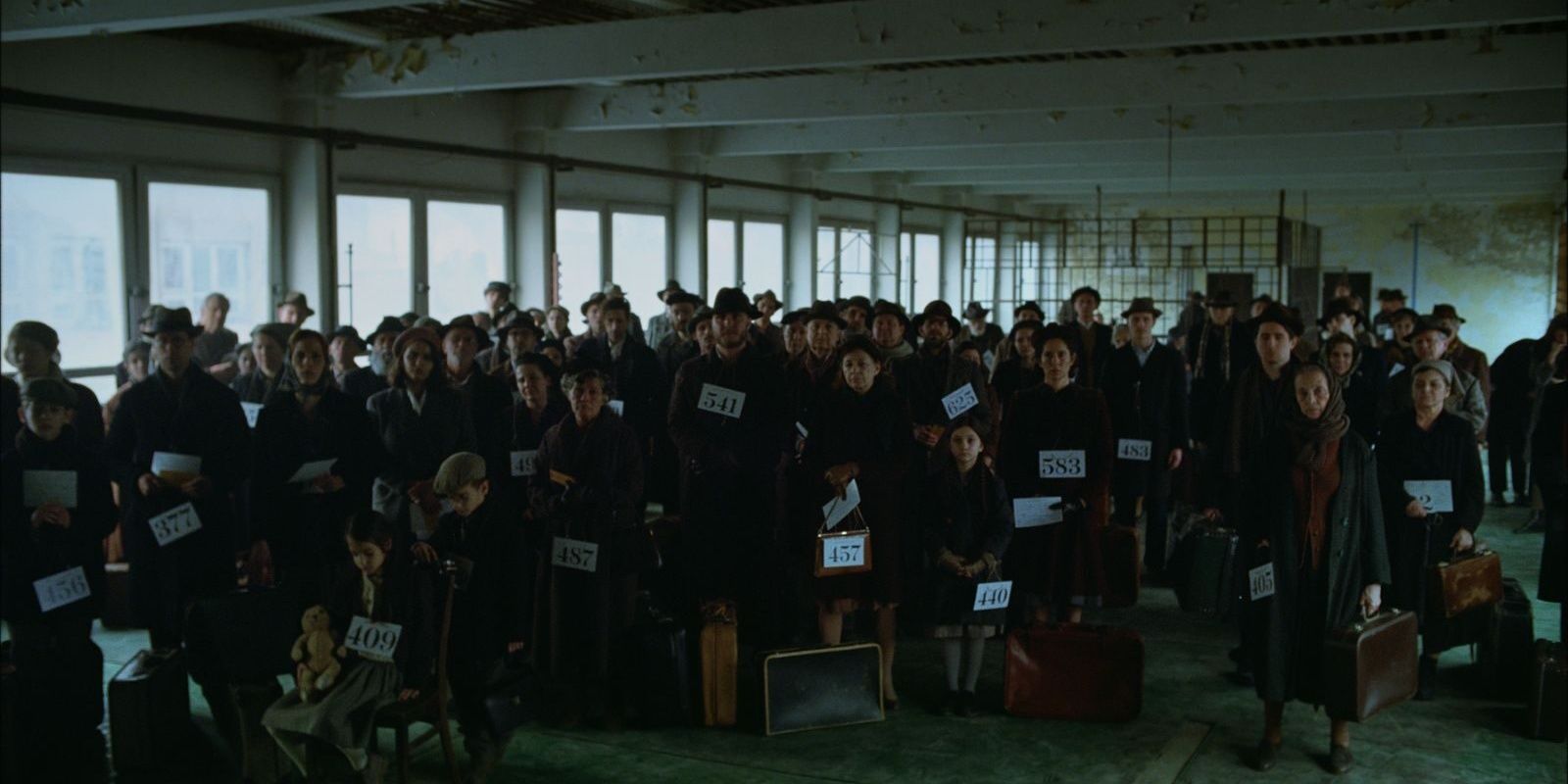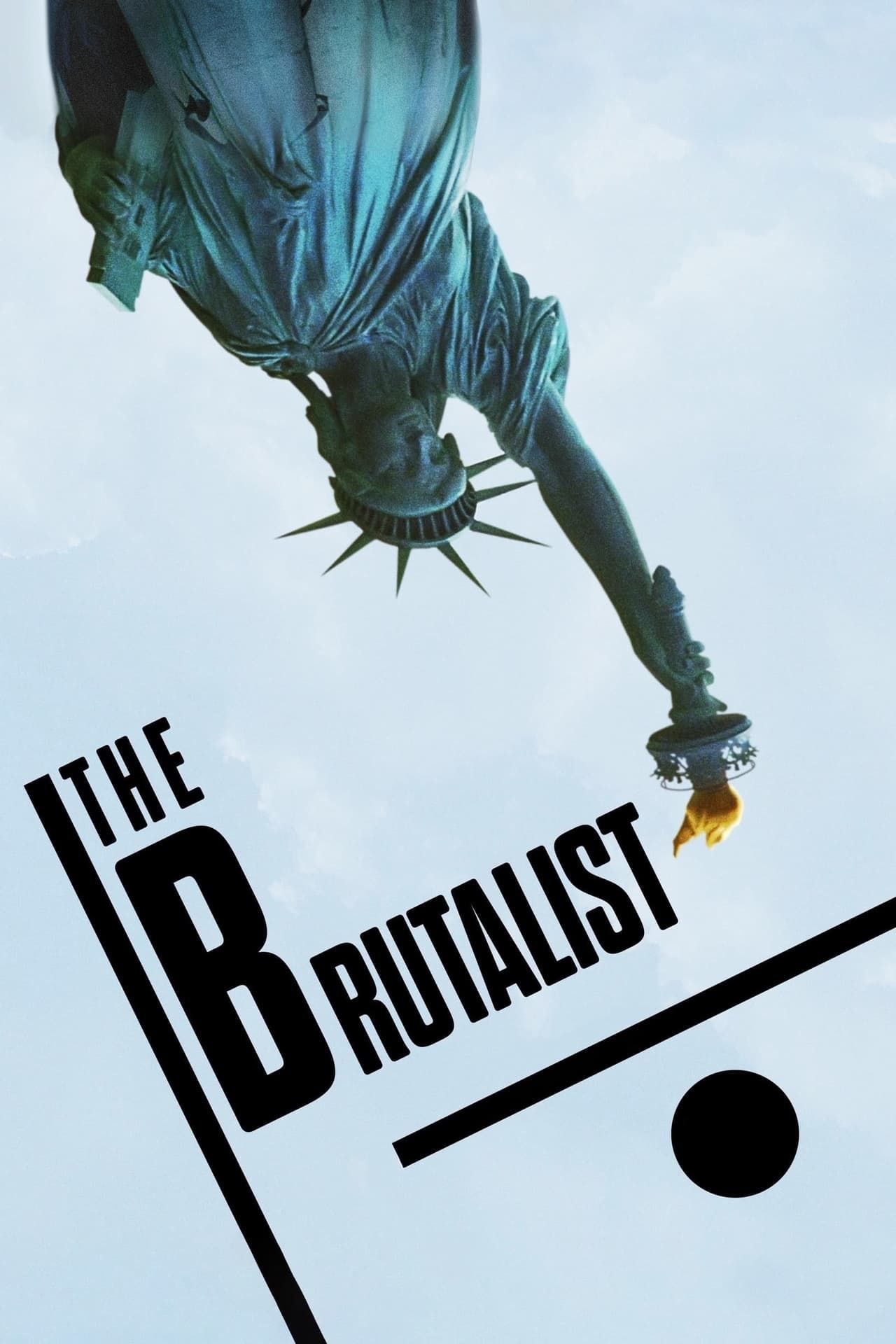[ad_1]
This article includes mentions of sexual assault.
Brady Corbet’s The Brutalist offers an ending with dense thematic material to examine. Adrien Brody leads The Brutalist’s cast as László Tóth, a Hungarian-Jewish architect who was separated from his wife during World War II. He arrives in America and finds himself under the employ of Harrison Lee Van Buren, a wealthy man fascinated by Tóth’s innovative architectural talent, who commissions him to construct a landmark community center in memory of his mother.
The movies ending sees Harrison reach out to László to kick off construction again. On their trip to Italy, Harrison rapes a drunk László to demonstrate his power over him. This causes László to spiral, lashing out in anger at his friends and employees. Eventually, his wife Erzsébet runs out of medication, and László injects her with heroin to help with the pain, causing her to overdose. She survives, and they plan to leave the country, but first she confronts Harrison about what he did. At his home, Harrison disappears after being accused in front of family and colleagues.
Zsófia’s Final Speech In The Brutalist & What It Means Explained
Zsófia Celebrates The Accomplishments Of László Tóth
The Brutalist’s epilogue occurs in 1980 at a Biennale for László Tóth, exhibiting his architectural work over the past two decades and celebrating his life. It’s a shocking moment, given how desperate matters were becoming for him at the end of the film, but it seems like Erzsébet’s trip back to Pennsylvania ended up being fruitful for his career. However, it’s unclear how exactly László became a renowned architect in the time since last seeing him. Given that the Van Buren community center is mentioned as one of his accomplishments, it would appear he was credited for the work.
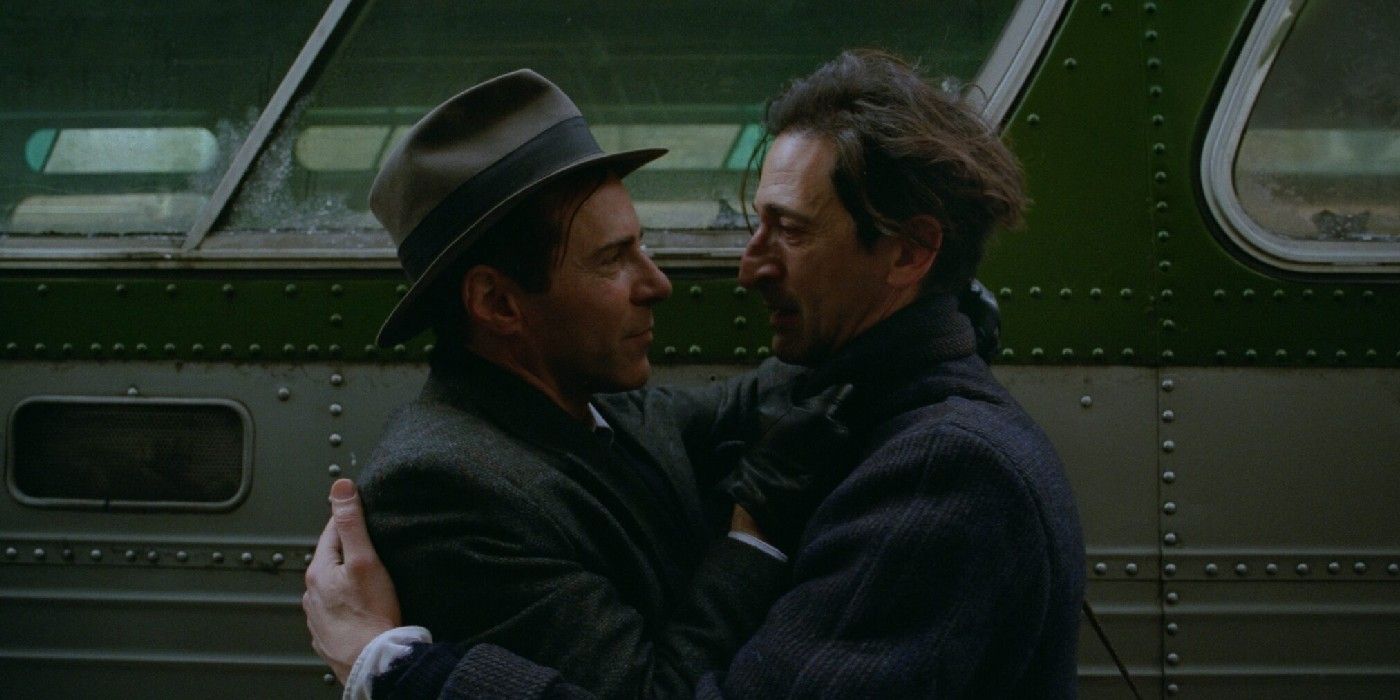
Related
Why The Brutalist’s Rotten Tomatoes Score Is So High: What Reviews Say About The 97% Epic
Adrien Brody’s historical epic, The Brutalist, has garnered an impressive Rotten Tomatoes score, making many wonder what makes the film so incredible.
At the event, Zsófia gives a speech about László Tóth’s life, summarizing her uncle’s career and demonstrating a side of his character that the audience hasn’t really been directly acquainted with, as László hasn’t shared the inspiration for his work. She describes how his personal life served as an influence on his creative process, inspiring different aspects of the community center. Notably, the interiors of the community center were made to resemble the concentration camps László was subjected to, meaning his trauma was developed into his work.
Her point is to suggest that László went through hell to achieve his artistry, but the end result is ultimately what mattered.
There’s one statement Zsófia makes that’s perfectly reflective of the narrative. She closes the speech saying, “No matter what the others try and sell you, it is the destination, not the journey.” Her point is to suggest that László went through hell to achieve his artistry, but the end result is ultimately what mattered. His personal life was continuously riddled with conflict and tragedy, and yet he accomplished works that eventually came to be respected and admired.
What Happened To Harrison After Erzsébet Accuses Him
Harrison Disappears, Leaving His Fate Unknown
Harrison Lee Van Buren’s fate is one of the strangest mysteries of The Brutalist’s ending. Despite the importance of his character to the narrative, after Erzsébet accuses him of raping László, he flees the scene. His son and household employees are unable to find him on the grounds, and the film cuts away to the epilogue without resolving his disappearance. Furthermore, the epilogue doesn’t provide any more information regarding Harrison. Brady Corbet leaves the decision to the viewer.
There are several matters regarding this scene that can be theorized upon. As for Harrison’s fate, it’s possible that he killed himself or simply fled, hiding from the shame and leaving to begin life anew elsewhere. Another interesting detail in the scene is how his son, Harry, reacts. Harry is a pompous tool throughout the film, and this is the one scene where he shows genuine despair. It seems like, aside from his father being accused of doing something terrible, he’s horrified because he believes or knows it to be true.
Another scene in the film shows Harry walking up to Zsófia as she sits by the water in a swimsuit. He asks her if she’d like to go on a stroll, but the scene cuts away before demonstrating what happens. The next time they’re shown, Zsófia is walking away from Harry, purposefully covering up where she was previously showing skin. The film could be implying that Harry attempted to feel her up… or worse. It’s purely speculation, but this could suggest either that Harry has developed these tendencies by mimicking his father, or by experiencing them from his father.
Did Erzsébet Die Before The Brutalist’s Epiloge?
Erzsébet Presumably Died Due To Her Osteoporosis
Erzsébet isn’t present in the epilogue, implying that she passed away some time in the past twenty years. Luckily, she survived the overdose in 1960, living long enough to move back to Europe with László. She had been diagnosed with osteoporosis in or around 1953, likely impacting her life expectancy. Though she was shown walking on a stretcher toward the movie’s ending, her condition largely wasn’t shown to be improving over her seven years in The Brutalist.
Was László Tóth A Real Architect?
László Tóth Is A Fictional Character
Adrien Brody’s character, László Tóth, is a completely fictional figure, though the film is so well-constructed that he feels alive. In an interview with CNN, Adrien Brody discussed how his own life helped influence the creation of the character, saying “I am fortunate to have an understanding of that immigrant experience and the many parallels of an artist’s journey.” Brody’s performance, the writing from Brady Corbet and Mona Fastvold, and other talented artists involved in the projection helped develop a fascinating figure to study.
The Real Meaning Of The Brutalist Explained
The Brutalist Examines The American Experience Of Immigrants And Artists
The Brutalist is a post-war epic that examines similarities between immigrants and artists. László is both of these things, and not only is he rejected for differing from the locals in religion in culture, but he’s also misunderstood as a creative. He’s surrounded by Americans who can’t possibly understand any aspect of his life, and don’t attempt to try. With that in mind, Harrison Lee Van Buren is emblematic of America in its most toxic form, a capitalist who doesn’t care to understand László’s plight or even the art, and yet desires to own it.
5:24
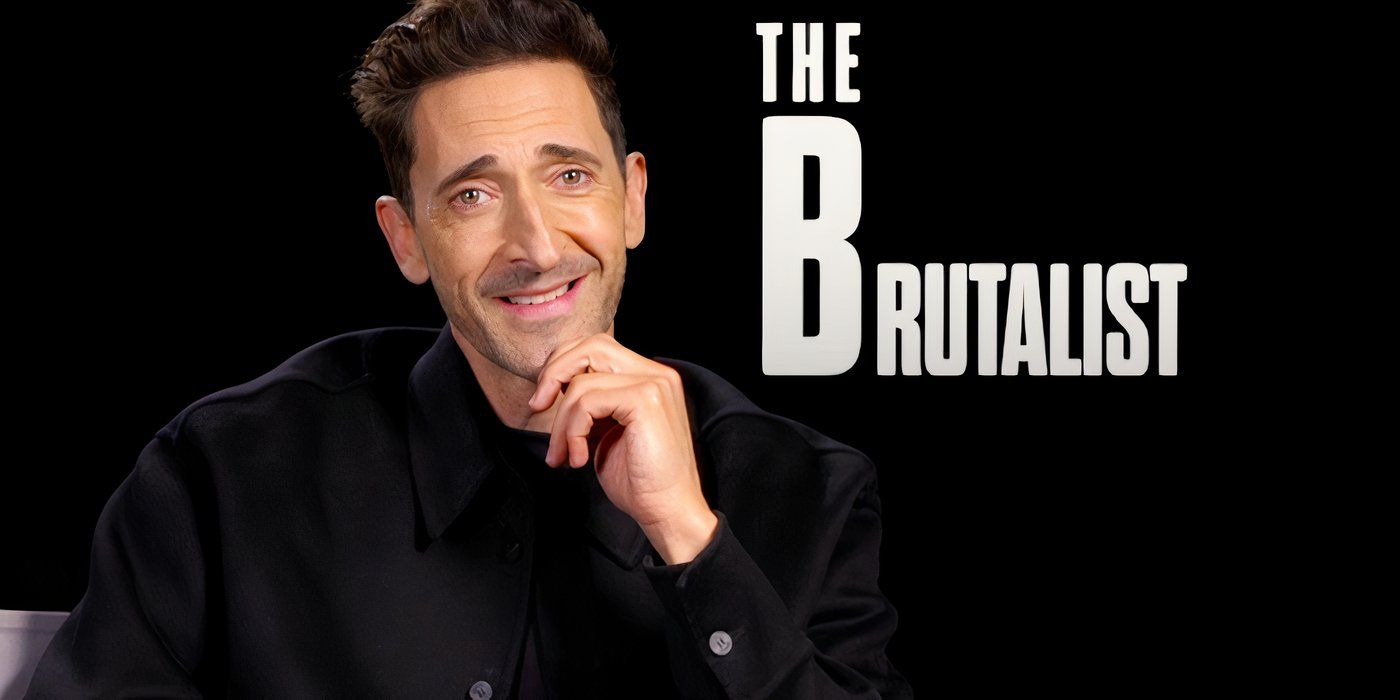
Related
The Brutalist’s leading man Adrien Brody details his collaborative relationship with director Brady Corbet and reflects on his 2002 Oscars win.
To an extreme extent, Harrison enforces his need for power over László, even sexually assaulting him while reminding him that he isn’t living to his full potential. Harrison is envious of László’s creative genius, suggesting that his vast wealth has only resulted in a profoundly shallow existence. The Brutalist is ultimately László’s portrait, though, and the movie suggests that, regardless of the tragic journey, he reaches his destination, and the world revels in his creation.
Sources: CNN
[ad_2]
Source link

